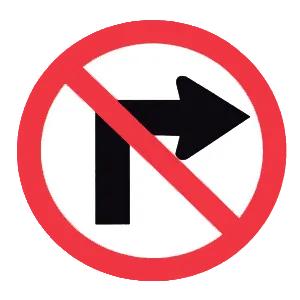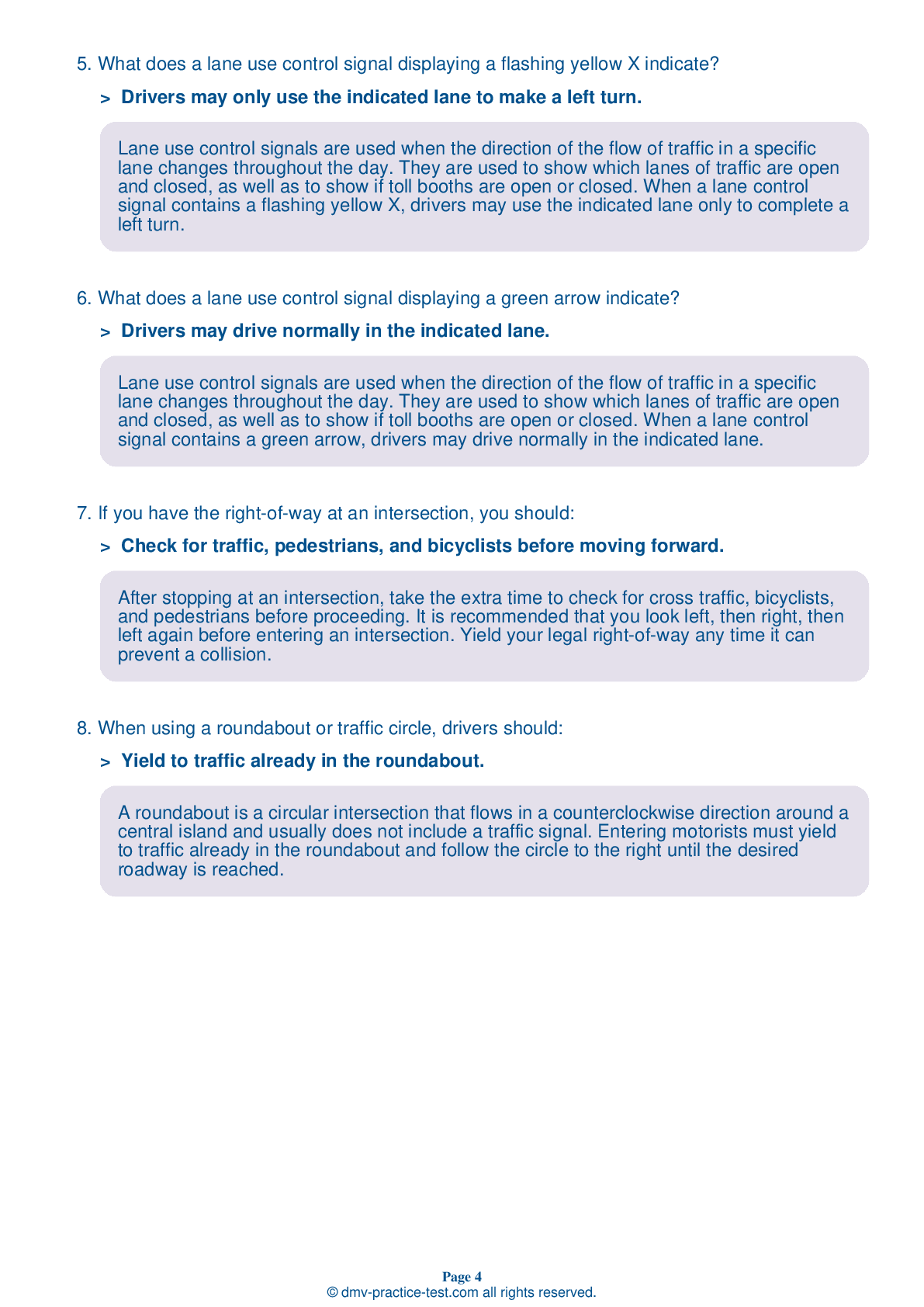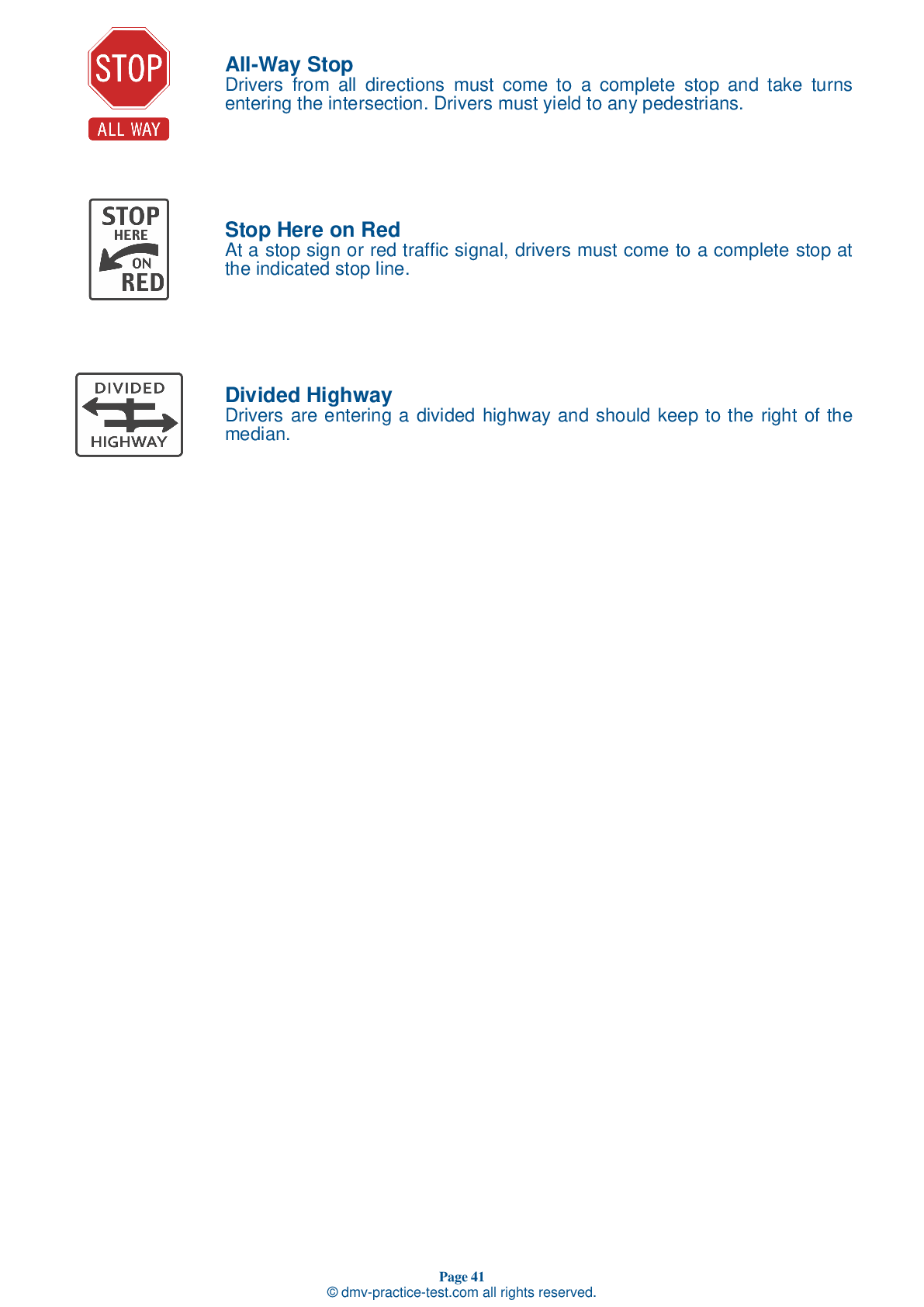FREE Maine DMV Practice Test #11 Page 7 of 7
For January 2026, Maine's DMV practise exams have been updated. It includes questions based on the most important traffic signals and legislation for 2026 from the Maine Driver Handbook. To study for the DMV driving permit test and driver's licence exam, use actual questions that are very similar (often identical!) to the DMV driving permit test and driver's licence exam.
Each question on the practise exam has a tip and explanation to help you recall the ideas. Questions about traffic rules, traffic signs, and driving statutes, as well as knowledge from the Driver Handbook, will be included in the written portion of the official Maine DMV test.
You must properly answer 50 of the 60 questions to receive a passing mark. To help you prepare for your Maine instruction permit or driver's licence, take our DMV practise test.
The DMV exam is offered in a variety of languages.
Using any form of testing help will result in an automatic fail, and the DMV may take further action against your driver's licence, so avoid it.
51 . You are crossing an intersection and an emergency vehicle is approaching while using its siren and flashing lights. You should:
If you are in an intersection when you see an emergency vehicle approaching while using its flashing lights and/or siren, continue through the intersection and then drive to the right and stop. You must yield the right-of-way to any police vehicle, fire engine, ambulance, or other emergency vehicle using a siren or flashing lights.
52 . You want to park uphill on a two-way road and there is no curb. Which direction do you turn your front wheels?
When parking either uphill or downhill on a road that has no curb, you should turn your wheels so that the vehicle will roll away from the center of the road if the brakes fail.
53 . A flashing yellow light at an intersection means that you should:
A flashing yellow light at an intersection means "caution." If you approach such a light, slow down, look, and proceed with care.
54 . When backing your vehicle, you should:
While backing, turn your head and look through the rear window. Don’t rely only on your mirrors.
55 . Failing an alcohol level test is the only way you will receive an Operating Under the Influence (OUI) conviction.
You may still receive an Operating Under the Influence (OUI) conviction if you refuse to take an alcohol level test. Testimony made by the arresting police officer regarding your driving performance can result in an OUI conviction, even without alcohol test results to back it up.
56 . Roads are dangerous at the start of a light rain when road oil and water mix to form a greasy film on the road.
Wet roads can be as dangerous as icy roads, so lower your driving speed in wet weather. You will need more distance to stop and you may skid on quick turns. Roads are more dangerous at the start of a light rain than they are after it has been raining for a while because the water forms a greasy film when mixed with oils on the road surface that have not yet washed away.
57 . If you miss your exit on an interstate expressway:
If you miss your turn or exit, do not back up or try to turn around on the highway. Go to the next exit and safely turn around.
58 . Bicycles on the road:
Bicycles on the road are considered vehicles and have the same rights and responsibilities as motor vehicles. Drivers of motor vehicles should respect the rights of bicyclists.
59 . This sign means:

This sign indicates that right turns are prohibited. Do not make a right turn at an intersection where this sign is posted.
60 . A slow-moving vehicle emblem is:
The slow-moving vehicle symbol is a reflective orange triangle. Expect vehicles using this emblem to be driving at speeds of 25 mph or slower.
Need Car Insurance? No problem!
Compare the best rates in Maine and find a personalized policy that meets your needs.
1. Are You Currently insured ?
2. Married ?
3. Do you own your Home?
4. Do you have more than 1 car ?
5. Have you or a Family Member Honorably Served in U.S. Military ?
6. Your Name
7. Age
8. Zip code
IMPORTANT REMINDER:Auto Insurance is Mandatory to drive in Maine. Get covered before you hit the road to avoid any fines.
Ranked by best match



